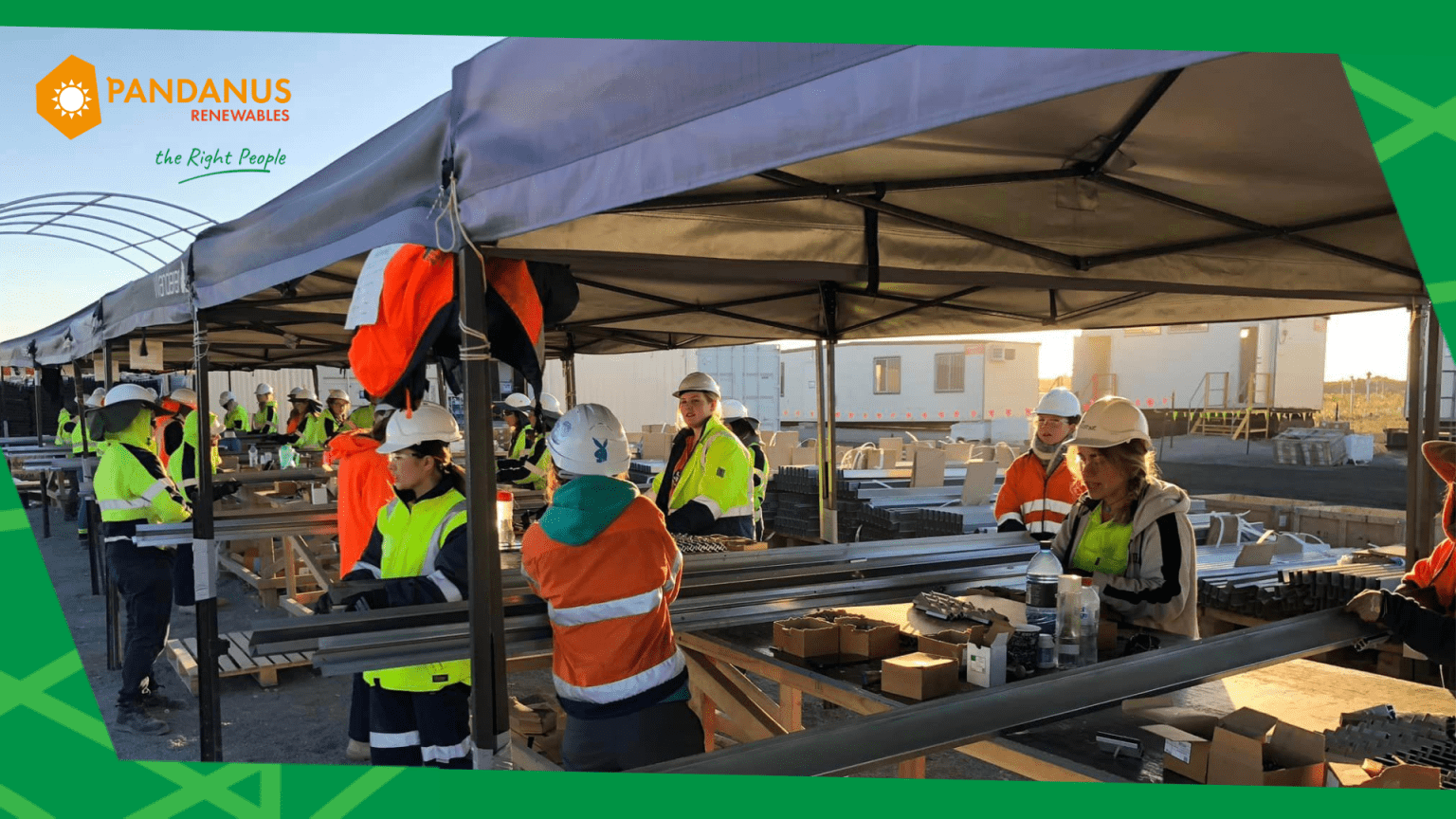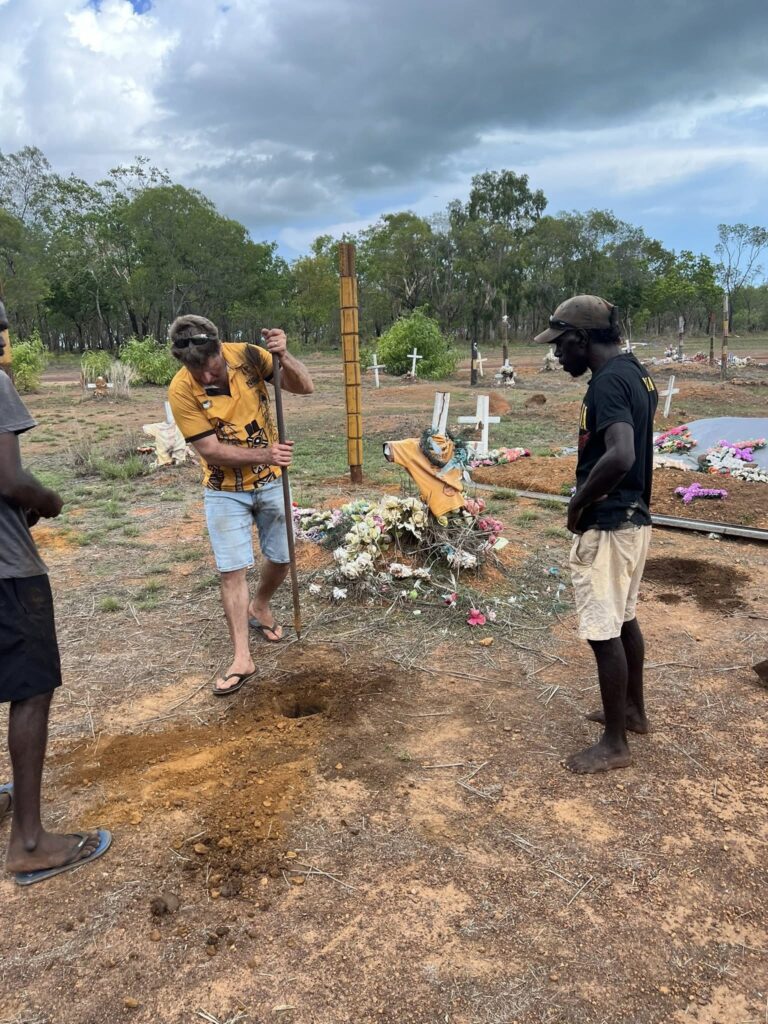The renewable energy sector, particularly large-scale solar farm construction, is experiencing an unprecedented boom. However, one of the significant challenges facing this growth is securing a reliable and skilled workforce. With Australia’s push for clean energy, ensuring a steady supply of workers is critical, yet visa restrictions often limit the ability of overseas holidaymakers to fill crucial roles. This creates delays, increases costs, and ultimately slows down the transition to renewable energy.
One of the most viable solutions to address these workforce challenges is leveraging labour hire firms that specialize in sourcing skilled and semi-skilled workers. By strategically employing workforce solutions, businesses can navigate visa constraints while ensuring projects remain on track. This article explores the potential strategies that can help the solar farm construction sector overcome visa challenges and effectively utilize overseas holidaymakers.
Understanding the Visa Challenge
Overseas holidaymakers, primarily on Working Holiday (subclass 417) and Work and Holiday (subclass 462) visas, are a vital workforce source in Australia’s construction and infrastructure sectors. However, these visas come with limitations:
- Short employment duration, restricting individuals to a maximum of six months with one employer.
- Industry-specific eligibility requirements that may exclude construction from primary work options in some cases.
- Location constraints that may prevent workers from moving freely to solar farm sites, which are often in remote areas.
These restrictions create inefficiencies in workforce management, leading to high turnover rates and skills shortages at critical phases of project development.
The Role of Labour Hire Firms in Addressing Visa Constraints
Labour hire companies provide a critical workforce solution by acting as the employer of record. This allows holidaymakers to remain compliant with visa requirements while still contributing to large-scale projects. Here’s how labour hire can help overcome visa-related workforce challenges:
1. Maximizing Employment Duration Through Multiple Placements
One of the biggest limitations for working holidaymakers is the six-month restriction with a single employer. Labour hire firms mitigate this by placing workers across different projects and companies, ensuring continuity of employment while remaining compliant with visa regulations.
For instance, rather than hiring a worker directly, a solar construction firm can engage a labour hire company that employs the individual and assigns them to various partner companies. This approach ensures that workers are retained in the industry without breaching visa conditions.
2. Mobilizing Workers to Regional and Remote Sites
Large-scale solar farms are often located in rural or remote areas where finding local workers is difficult. Labour hire firms can recruit, transport, and accommodate workers from diverse locations, making it easier for overseas holidaymakers to access employment opportunities in these areas.
By offering structured workforce programs with logistical support, these firms can help workers overcome barriers such as travel expenses and housing shortages. This is particularly valuable for ensuring continuity in solar farm construction, where a stable workforce is crucial to maintaining project timelines.
3. Skill Matching and Workforce Upskilling
Labour hire firms not only recruit but also invest in upskilling workers to meet project requirements. Many overseas holidaymakers arrive in Australia with skills that, with minor training, can be adapted to the solar construction industry. Through short-term training programs, site inductions, and safety certifications, labour hire agencies can rapidly build a workforce that is both compliant and competent.
By creating training pathways, these firms contribute to a more resilient and adaptable workforce, ensuring that holidaymakers can transition smoothly into roles such as:
- General labourers
- Equipment operators
- Site support staff
- Safety officers
4. Reducing Administrative Burden on Employers
Visa compliance can be a complex and time-consuming process for employers. Labour hire firms handle these administrative responsibilities, ensuring that all workforce arrangements comply with visa conditions. This reduces legal risks and operational disruptions for construction firms while allowing them to focus on project execution.
Labour hire agencies also manage payroll, taxation, insurance, and other employment-related obligations, streamlining the employment process and reducing costs associated with HR administration.
Future Considerations: Policy Advocacy for Workforce Sustainability
While labour hire solutions provide immediate relief, long-term workforce sustainability requires policy adjustments. Industry stakeholders must collaborate with policymakers to advocate for:
- Extending the six-month employment limit in critical industries like renewable energy.
- Introducing special provisions for visa holders working on large-scale infrastructure projects.
- Expanding visa eligibility criteria to ensure a broader pool of skilled overseas workers.
A more flexible visa framework tailored to Australia’s growing renewable energy needs could significantly alleviate workforce shortages and support the transition to a sustainable energy future.
Final Thoughts: A Strategic Approach to Workforce Management
The success of Australia’s large-scale solar farm projects depends on a stable and skilled workforce. While visa constraints present challenges, innovative workforce strategies—particularly the use of labour hire—offer practical solutions. By leveraging these strategies, solar energy companies can access a reliable workforce, ensure compliance with visa regulations, and drive project efficiency.
As the renewable energy sector continues to expand, businesses must remain agile, pro-active, and open to new approaches in workforce management. Labour hire is not just a stopgap measure—it is a strategic enabler of sustainable, long-term growth in the clean energy industry.
By embracing these solutions, Australia can maximize the potential of its overseas holidaymaker workforce and continue leading the charge toward a renewable energy future.






